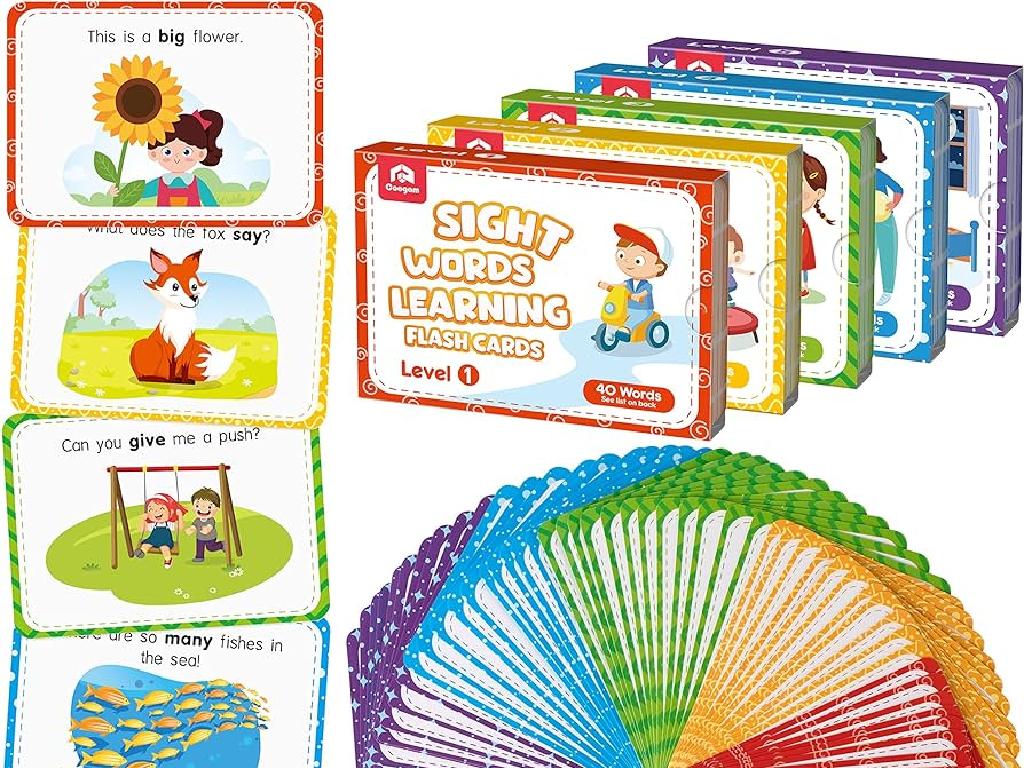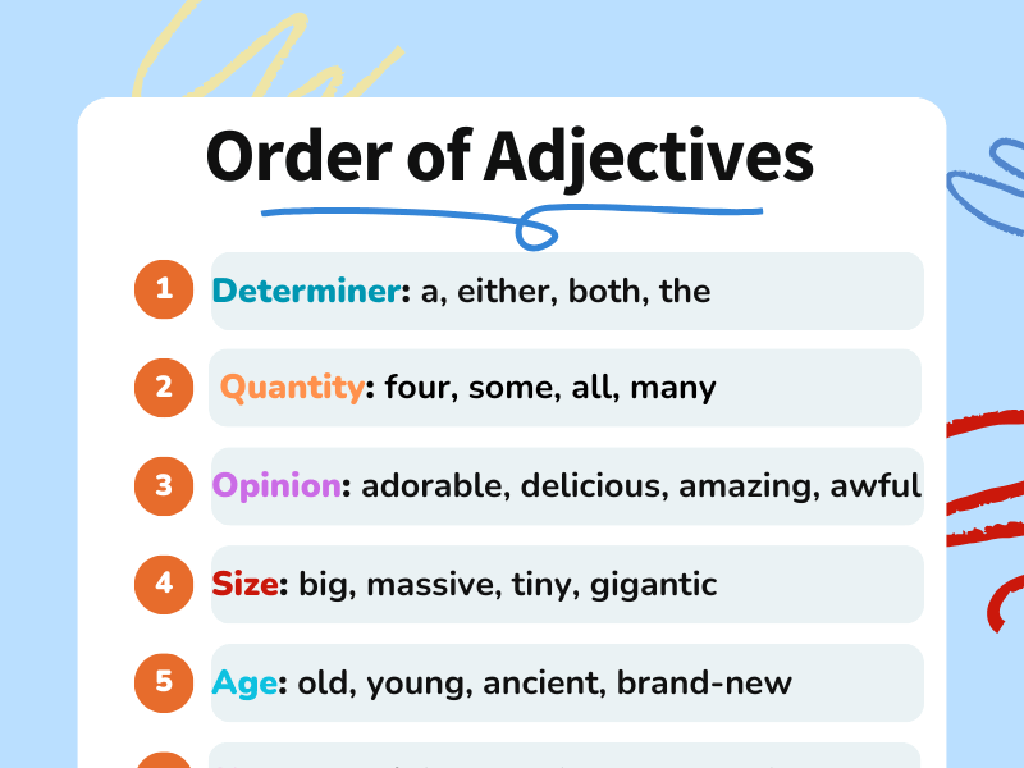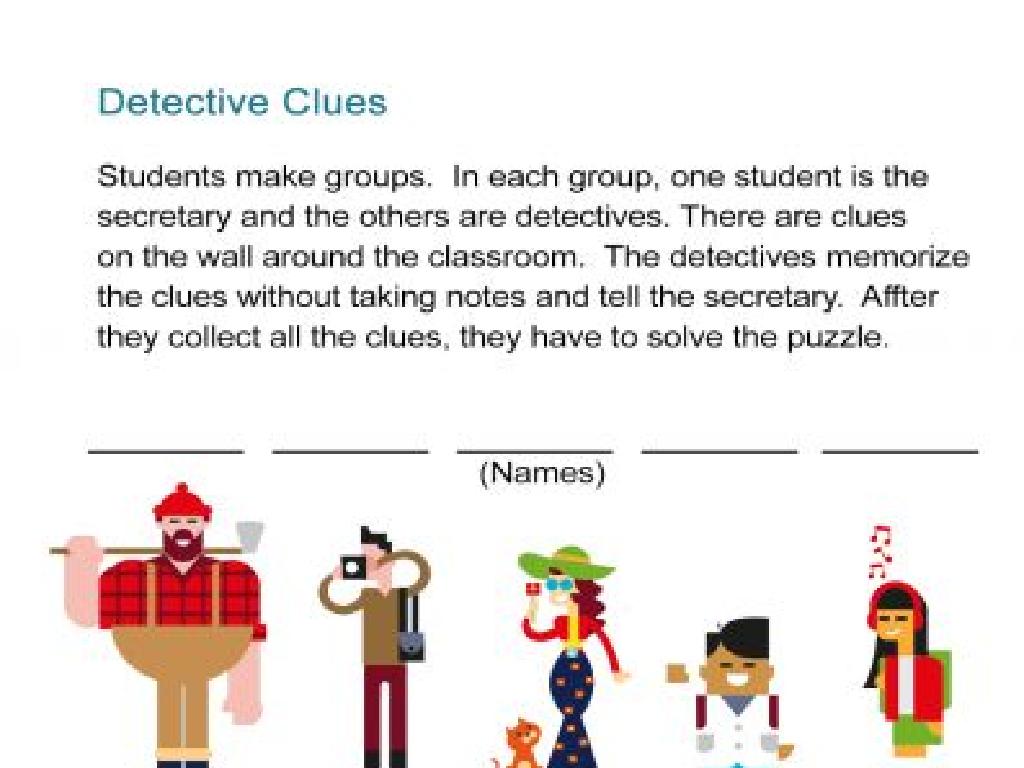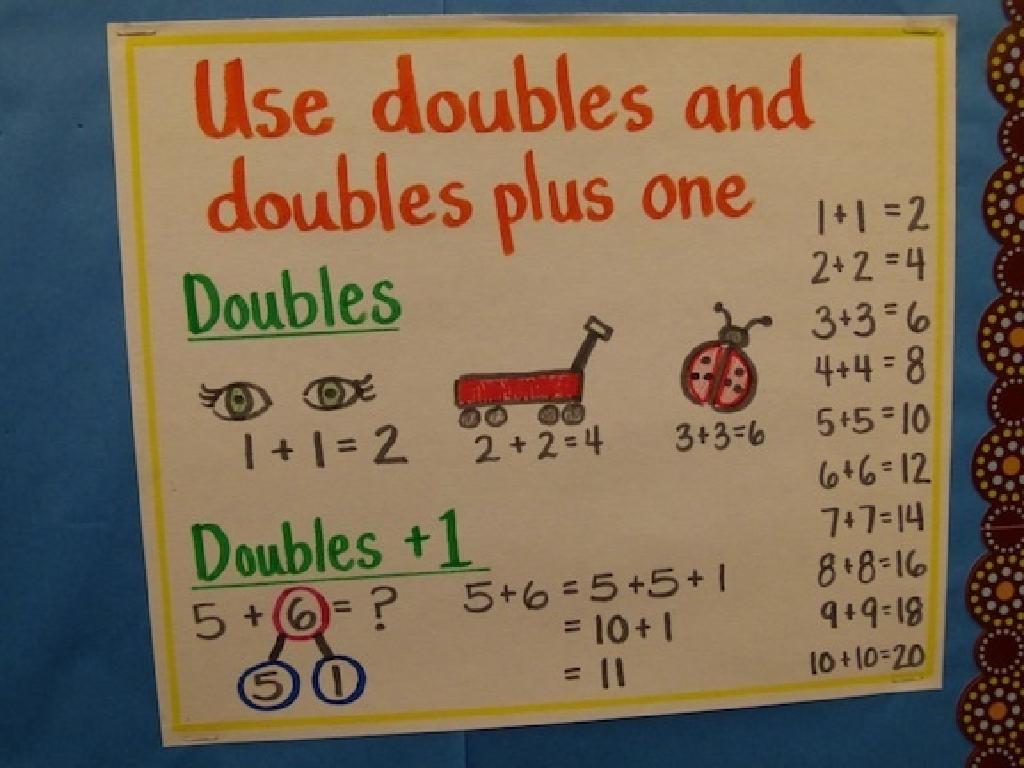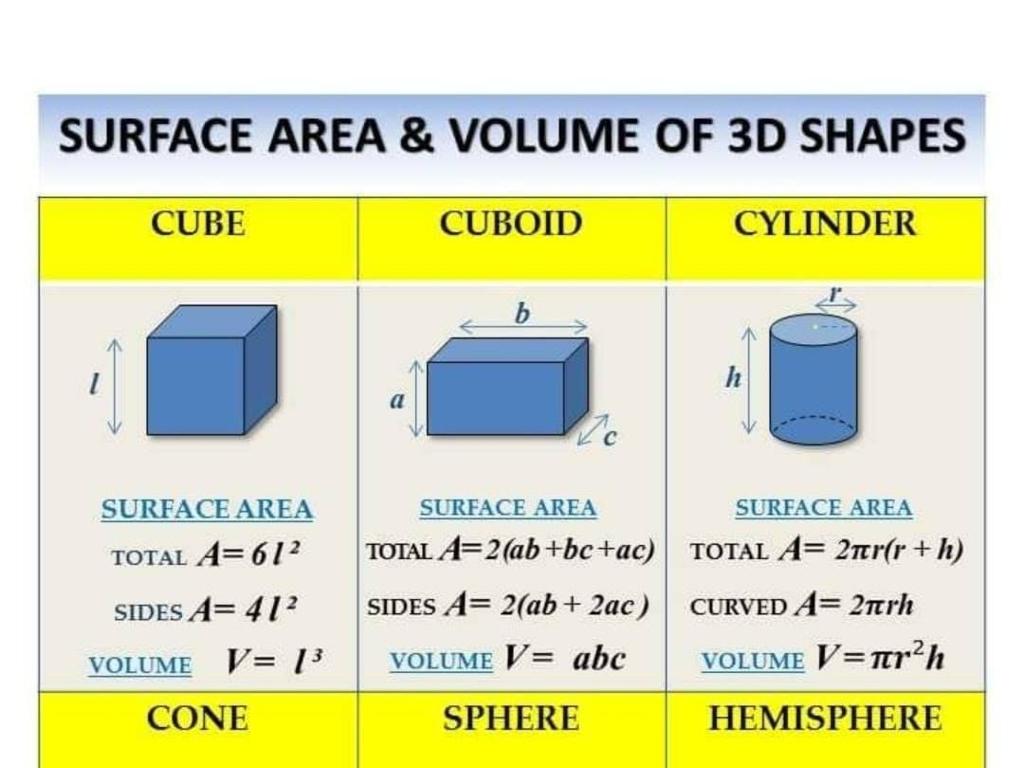Natural Resources
Subject: Science
Grade: Third grade
Topic: Earth'S Features
Please LOG IN to download the presentation. Access is available to registered users only.
View More Content
Exploring Natural Resources
– What are natural resources?
– Materials or substances like water, soil, and plants found in nature.
– Importance to Earth and us
– They provide food, energy, and materials for our daily life.
– Types of natural resources
– Renewable like sunlight, and non-renewable like minerals.
|
This slide introduces the concept of natural resources to third-grade students, explaining that these are materials or substances we get from the Earth without altering its form. Emphasize the importance of natural resources by discussing how they support life and human activities, providing essentials like food, water, and materials for shelter and energy. Highlight the difference between renewable resources, which can be replenished, and non-renewable resources, which are finite. Encourage students to think of examples and consider how we can use these resources responsibly to ensure they are available for future generations.
Exploring Natural Resources
– What are natural resources?
– Materials provided by Earth for our use
– Examples: Water, Air, Trees, Minerals
– We drink water, breathe air, use wood, and find metals
– Renewable vs Non-renewable
– Renewable can replenish, non-renewable can’t
– Importance of conservation
|
This slide introduces the concept of natural resources to third-grade students, explaining that these are materials or substances that occur in nature and can be used for economic gain or to meet needs. Examples include water for drinking, air for breathing, trees for wood, and minerals for various products. The slide also distinguishes between renewable resources, like trees that can grow back, and non-renewable resources, like minerals that are finite. Emphasize the importance of conserving these resources to ensure they are available for future generations. Activities can include identifying natural resources in their daily lives and discussing ways to conserve them at home and in the community.
The Importance of Natural Resources
– Daily uses of natural resources
– Water for drinking, plants for food, wood for building
– Natural resources in ecosystems
– Trees produce oxygen, water supports marine life
– Conservation and wise use
– Saving water, recycling, and planting trees
|
This slide aims to educate third-grade students on the significance of natural resources in our everyday lives and the broader ecosystem. Begin by discussing how we depend on water, plants, and other resources daily for survival and comfort. Explain the critical roles these resources play in maintaining a balanced ecosystem, such as trees producing oxygen and water bodies supporting aquatic life. Emphasize the importance of conservation, teaching students simple ways to use resources wisely, like turning off the tap while brushing teeth, recycling paper and plastics, and understanding the benefits of planting trees. Encourage students to think of other ways they can help conserve natural resources at home and in their community.
Renewable Resources
– What is a renewable resource?
– Resources that can be used repeatedly and do not run out
– Examples: Sun, Wind, Water
– Solar energy from the sun, wind power, and water from rivers
– How nature replenishes them
– Natural cycles like sunlight, wind patterns, and water cycle
– Benefits of renewable resources
|
This slide introduces the concept of renewable resources to third-grade students. Begin by explaining that renewable resources are those that nature can replace once they are used, meaning they can last forever if we use them responsibly. Provide relatable examples such as sunlight which gives us solar energy, wind which can be harnessed for power, and water which is constantly moving through the water cycle. Emphasize how these resources are naturally replenished through processes like the water cycle, weather systems, and the sun’s energy. Discuss the importance of using renewable resources to help protect our planet. Encourage students to think of ways they can help conserve these resources in their daily lives.
Non-renewable Resources
– Definition of non-renewable resources
– Resources that can’t be replenished in a short period of time
– Examples: Fossil Fuels, Minerals
– Coal, oil, natural gas, and various minerals
– Understanding limited availability
– Once used, they cannot be replaced for millions of years
– Importance of conservation
|
This slide introduces students to the concept of non-renewable resources, which are natural resources that cannot be readily replaced by natural means at a quick enough pace to keep up with consumption. Examples include fossil fuels like coal, oil, and natural gas, as well as minerals like gold and diamonds. Emphasize the importance of these resources in our daily lives and the need to use them wisely because they are limited and cannot be replaced within our lifetimes. Encourage students to think about how we can conserve these resources and discuss alternatives that are more sustainable.
Conserving Our Natural Resources
– Ways to save natural resources
– Turn off lights, save water, plant trees
– Learn the three R’s: Reduce, Reuse, Recycle
– Less waste: smaller trash, more treasure!
– Conservation’s role in protecting Earth
– Using less helps animals and forests thrive
|
This slide aims to teach students about the importance of conserving natural resources and how their actions can make a difference. Discuss various ways to conserve resources, such as turning off lights when not in use, saving water by taking shorter showers, and planting trees. Introduce the concept of the three R’s Reduce, Reuse, Recycle as a framework for minimizing waste and making the most of resources. Explain how conservation efforts contribute to the health of our planet by preserving habitats, saving energy, and reducing pollution. Encourage students to think of ways they can practice the three R’s at home and in school.
Class Activity: Resource Scavenger Hunt
– Let’s find natural resources
– List resources in our classroom
– Examples: Wood, paper, water
– List resources in our schoolyard
– Examples: Plants, rocks, soil
– Discuss conservation methods
– How can we save or reuse them?
|
This activity is designed to engage students in identifying natural resources within their immediate environment. Begin by explaining what natural resources are and why they are important. Then, instruct the students to look around the classroom for items that come from natural resources, such as wooden desks or paper. Extend the activity to the schoolyard, where they can identify resources like plants, rocks, and soil. After the scavenger hunt, regroup and discuss how these resources can be conserved or used wisely. Encourage students to think about recycling, reusing, and reducing waste. Possible activities include creating posters on conservation, starting a classroom recycling program, or planting a garden.

